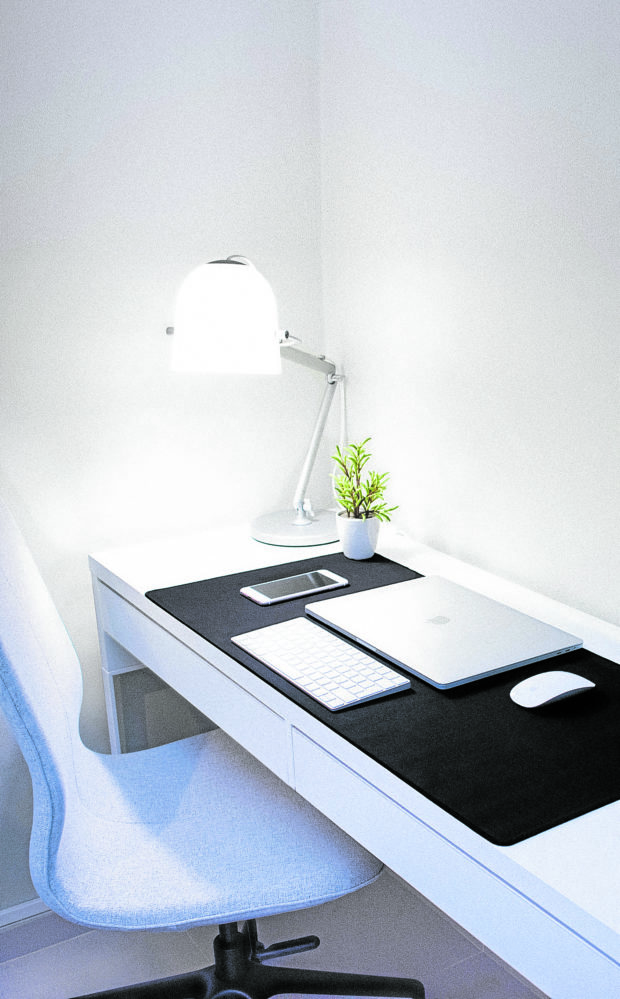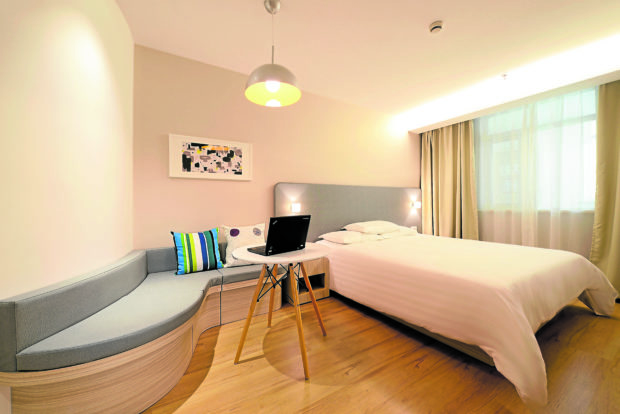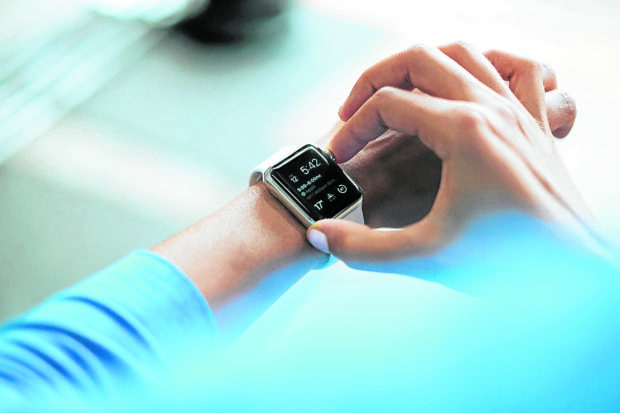Architecture of the new normal
Global and rapid in spread, the COVID-19 pandemic has affected every person on earth in one way or another. Our time in home quarantine and hospital confinement prompted many of us to reconsider and shift our priorities. While in the past we took comfort and convenience as luxuries of the privileged, nowadays they have become the new essentials.
With the home becoming our safe haven amid the crisis, the importance of good design and anticipative planning has never been made clearer. Architects, engineers, developers and other key players in the real estate industry are now tasked to define and implement the new normal dictated by COVID-19. After this shared human experience, we can be sure that lifestyles will never be the same as before. Here are the elements poised to define the new normal waiting for us in the wake of the COVID-19 pandemic.
Focus on the home office
For those who are fortunate enough to remain working nowadays, the home has become the new workspace. Whether you live in a tiny apartment or a single detached house, it has become imperative to create an area where you can carry out the tasks you usually conduct in the office or at school. The home office, once considered an optional feature of residential design, is set to become a new requirement in many households.
A shift toward health and hygiene
Health and wellness have been frequently used as selling features by real estate developers. Now, the importance of cleanliness will also be further highlighted, as hygiene has taken centerstage in the fight against the deadly disease. These three elements will probably become more in-demand among new homeowners and investors in the post-pandemic era.
According to Joe Cheng, a Hong Kong-based design firm owner, the design community has started to think about epidemic prevention strategies. Sterilization areas, exercise spaces and naturally-ventilated spots are now being added to residential projects in light of recent events. In addition, alcohol use and temperature checking would become additional security measures in residential buildings, implying a demand for automatic dispensers and temperature monitors.
A call for greater sustainability
As travel restrictions have hampered the once easy flow of goods across countries, the construction industry nowadays has become self-sufficient. Materials, laborers and services will most likely be sourced locally in the near future to prevent delays in turnover schedule. Sustainability will no longer be an optional feature for projects wishing to earn points for good environmental practice. Instead, it will most likely become a necessity to ensure completion and delivery of built structures while no cure is still found for COVID-19.
Despite the inconvenience, this sustainable approach to construction will largely benefit local suppliers and service providers. If the pandemic will force us to buy local, this can encourage better income for Philippine businesses. Local suppliers will be given an opportunity to meet large-scale requirements formerly sourced from international companies. If they can meet this new demand, they have a chance to thrive even during the crisis. This will not only help our construction industry, it will also rebuild our economy post-pandemic.
Greater emphasis on privacy
While communal amenities such as swimming pools and gyms remain attractive, many of us will probably think twice before using these facilities soon. Many of these spaces are currently closed and it might take a while before we will be thoroughly comfortable again in using them.
Instead, private spaces are set to take the forefront in residential design projects. After all, the real estate market has evolved into a group that has gone through social distancing. The shared human experience will most likely influence the decisions of new homeowners when purchasing a home. In addition, a project’s proximity to essential shops and emergency care providers will become more significant factors to consider for new homeowners in the post-Covid-19 era.
Demand for hands-free technology
Sensor-based appliances will become the new essential for those intending to carry on with the contactless way of life. An innovation primarily developed for convenience, these items will become our tools to reduce the spread of viruses and bacteria. Keyless entry, temperature regulators, and air filters will become features of the ideal home of the future.
Meanwhile, touch-based technology might take a backseat in light of recent events. Dan Kodsi, a US-based developer, predicts that thumb scans will become obsolete because scanning multiple people’s thumbprints on a single device will be seen as a liability nowadays. With technology shifting its focus to hands-free design, the future will become a touch-free lifestyle.
Better access to nature
Perhaps due to the claustrophobic feel of some of our homes, many of us look forward to visiting the park or the province once the quarantines are lifted. This desire dictates a greater demand for natural settings in future projects. Biophilic design, or design that takes after natural concepts, will become the new norm in residential and commercial projects. While many projects in recent years have already considered this strategy, nature-inspired architecture is set to become more in-demand than ever. As the world feels restricted, many will now recognize the need for more breathing spaces and wellness centers in cities.
Granted there are many built creations we consider timeless. Architecture is a continuously evolving industry that can adapt to the needs of the times. The COVID-19 pandemic era will surely make its mark on the design and real estate industry, whether we like it or not. Hopefully, these measures will help prevent future outbreaks from taking place, and will create a society based on a more sensitive and accessible normal.
Sources: Forbes.com; Dwell.com; Elvis, Mike from pexels.com; Free-photos via pixabay.com





